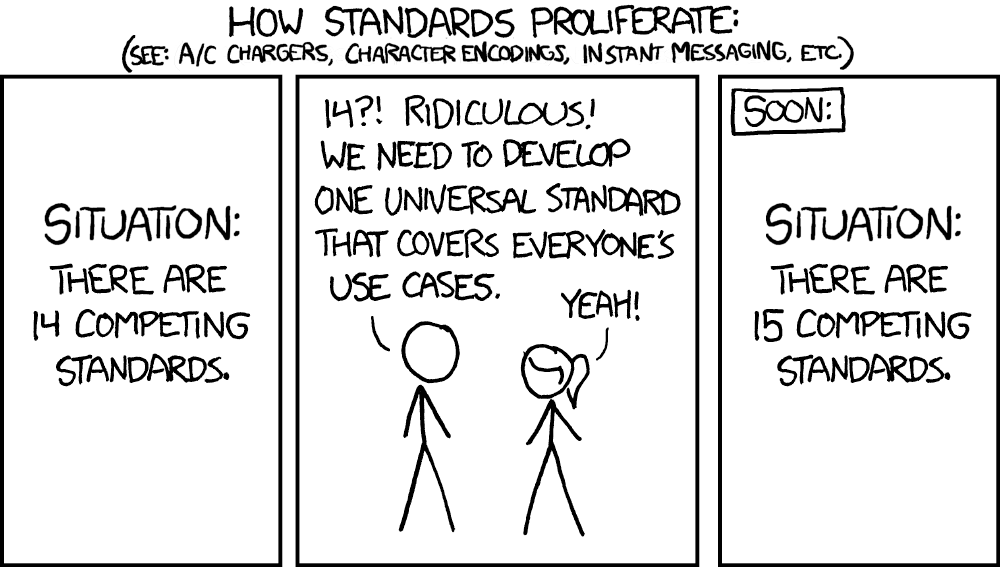
Artem Kirsanov
@artemkrsv
PhD student at @NYU_CNS and @FlatironCCN
Neuro-ML YouTuber 🎥
ID: 1470157938786508802
https://www.youtube.com/channel/UCR2uRTQ53V_egXKFflMMaaw 12-12-2021 22:26:02
193 Tweet
9,9K Followers
133 Following









🧵0/7 🚨 Spotlight International Conference on Minority Languages 🚨 Chi-Ning and Hang have been thinking deeply about how feature learning reshapes neural manifolds, and what that tells us about generalization and inductive bias in brains and machines. They put together the thread below, which I’m sharing on




Brilliant piece by Matt Perich on neural manifolds 🌟 His essay in The Transmitter shows how this approach changes the game in computational neuroscience, reproducing behavioral flexibility within finite neural constraints 🧠 thetransmitter.org/neural-dynamic…













